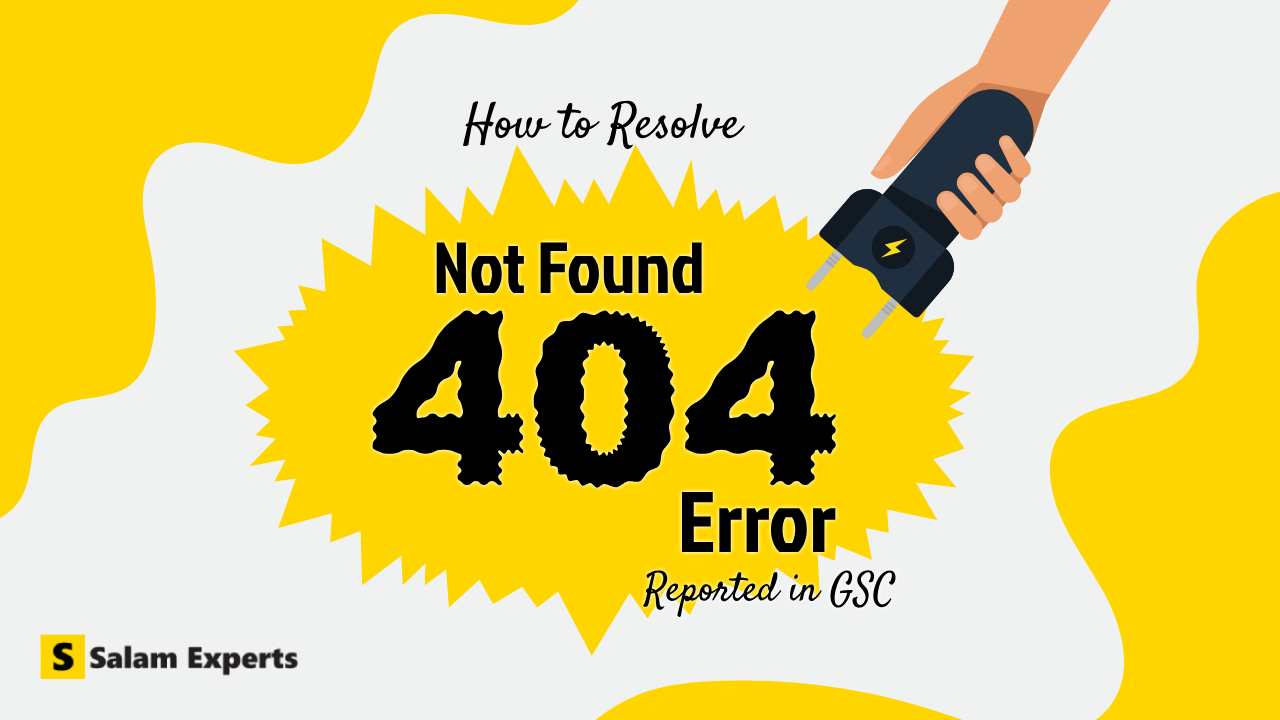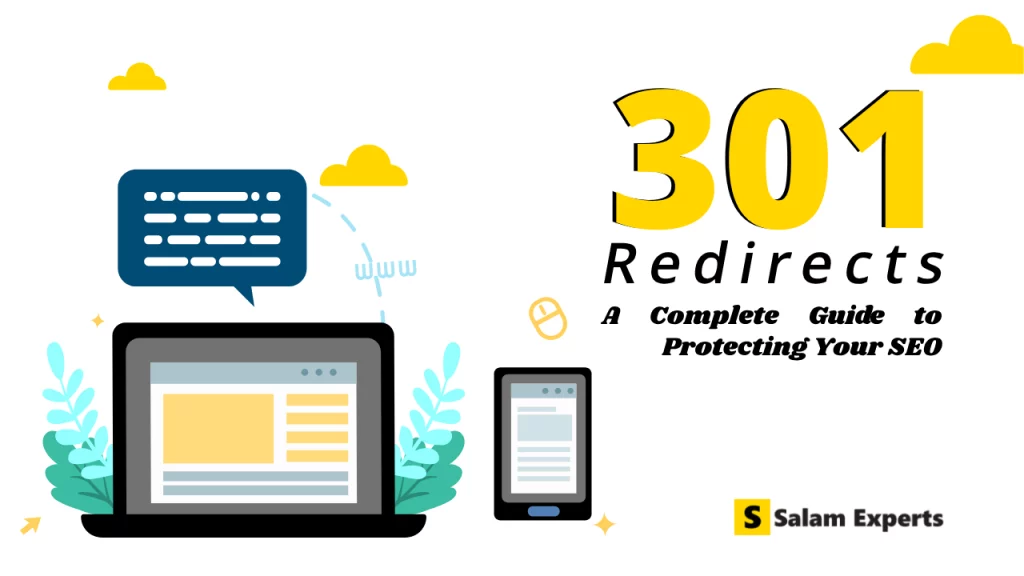How to Resolve Not Found 404 Errors Reported in GSC

A “Not Found 404” error occurs when a specific page on your website cannot be located by the server. When Google Search Console (GSC) reports these errors, it indicates that certain pages on your site are inaccessible. These issues can negatively affect user experience and search engine optimization (SEO). Here’s a straightforward guide to help you resolve these 404 errors, ensuring that your website remains both user-friendly and SEO-compliant.
Common Causes of 404 Errors
- Deleted or Moved Pages: The page might have been deleted or relocated without setting up the necessary redirects.
- Incorrect URLs: The URL might have been mistyped or incorrectly linked.
- Website Configuration Issues: Technical problems on your website can cause certain pages to become inaccessible.

Impact of 404 Errors
User Experience
Encountering 404 errors can frustrate users, leading to a negative experience as they struggle to find the information they need.
SEO Implications
Although 404 errors won’t directly damage your website’s SEO if they are managed appropriately, a significant number of these errors can signal poor site management, potentially affecting your site’s performance in search engine rankings.

Looking For an Expert SEO Services?
How to Fix 404 Errors
1. Restore Deleted URLs
If a page was accidentally deleted and needs to be restored, retrieve it from a backup or create a new page with the same URL. After doing this, request indexing in GSC to alert Google that the URL is now active again.
2. Implement 301 Redirects
For pages that have been permanently removed or moved, it’s crucial to set up 301 redirects to guide users to relevant content. This not only preserves SEO value but also ensures that users are directed to the information they’re seeking.
Steps:
- Identify pages with similar content to the missing page.
- Implement 301 redirects to these pages.
3. Update Internal Links
Make sure to clean up your site by removing or updating internal links that point to 404 pages. This step will enhance both the user experience and the overall site structure.
Tools:
- Use tools like Ahrefs or SEMrush to locate broken links, then update or remove them as needed.
4. Allow Some 404 Errors to Persist
In cases where there’s no relevant page to redirect to, it’s okay to let the 404 error remain. Google will eventually remove these pages from their index.
Use 410 Status Codes:
- For content that’s permanently deleted and won’t be replaced, use a 410 status code to indicate that the content is gone permanently.

Start Building Your SEO-Optimized Website With Us!
Best Practices to Avoid
- Don’t Block 404 Errors Using robots.txt: This approach doesn’t solve the issue and might prevent Google from properly indexing your site.
- Avoid Redirecting to the Homepage: Redirecting all 404 errors to the homepage can confuse and frustrate users.
Finally
Effectively managing 404 errors is essential for maintaining a user-friendly and SEO-optimized website. By following the above best practices, you can significantly improve user experience and the overall performance of your site. Prioritize fixing crucial URLs that were previously indexed by Google but are now missing. For important pages, restore them from backups or set up appropriate redirects. For content that is permanently deleted, use 410 status codes to clearly communicate the status to search engines.
FAQs
Properly managed 404 errors don’t harm SEO, but a large number of unresolved 404 errors can indicate poor site maintenance.
How can I check for 404 errors in GSC?
You can use the Coverage report in Google Search Console to find and address 404 errors.
Are there tools to automate 404 error checks?
Yes, tools like Screaming Frog, Ahrefs, and SEMrush can help automate the process of checking for 404 errors.
Can 404 errors affect user trust?
Yes, frequent 404 errors can frustrate users and reduce trust in your website.
What’s the difference between 301 and 302 redirects?
A 301 redirect is permanent, whereas a 302 redirect is temporary.
How long does it take for Google to recognize a redirect?
Google can take anywhere from a few days to several weeks to process and recognize a redirect.





